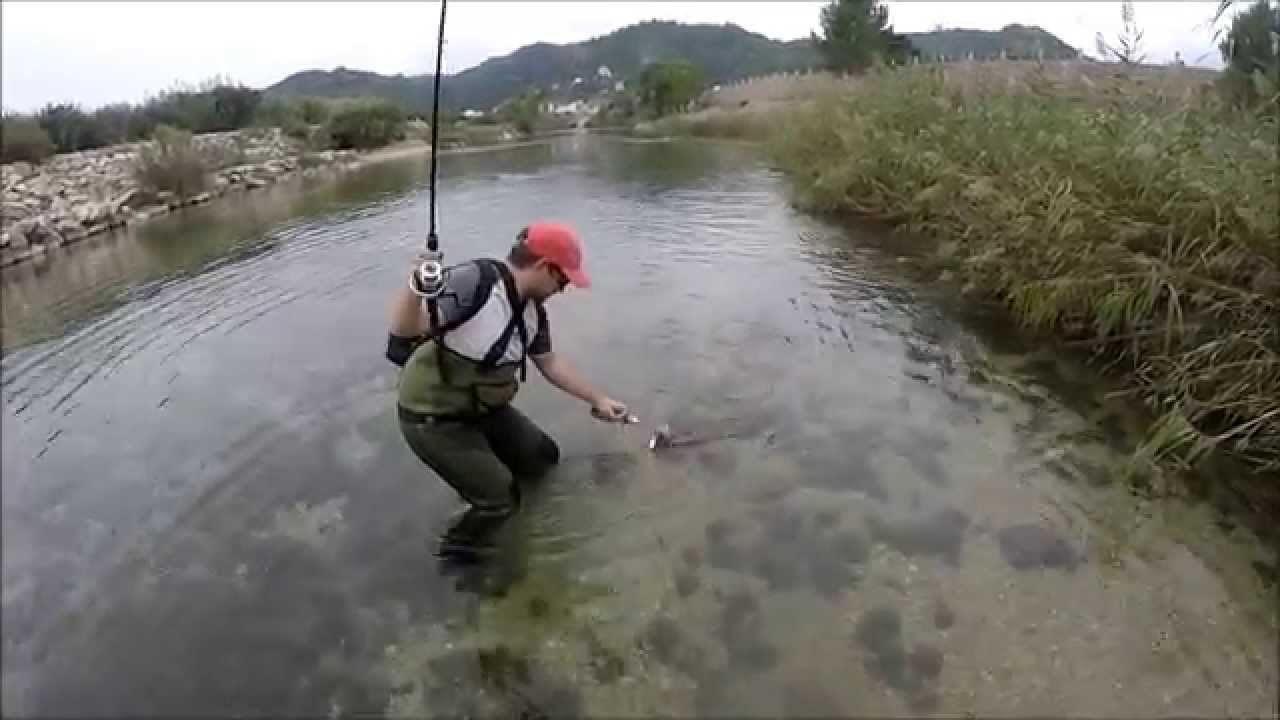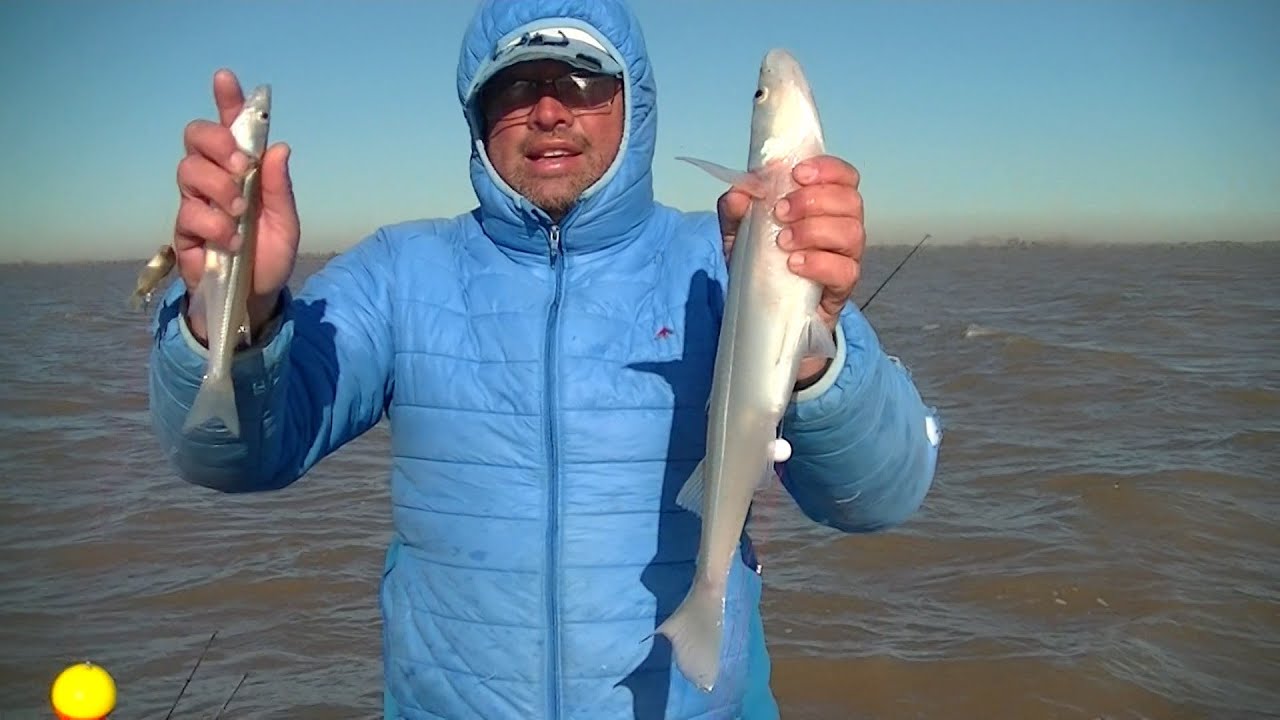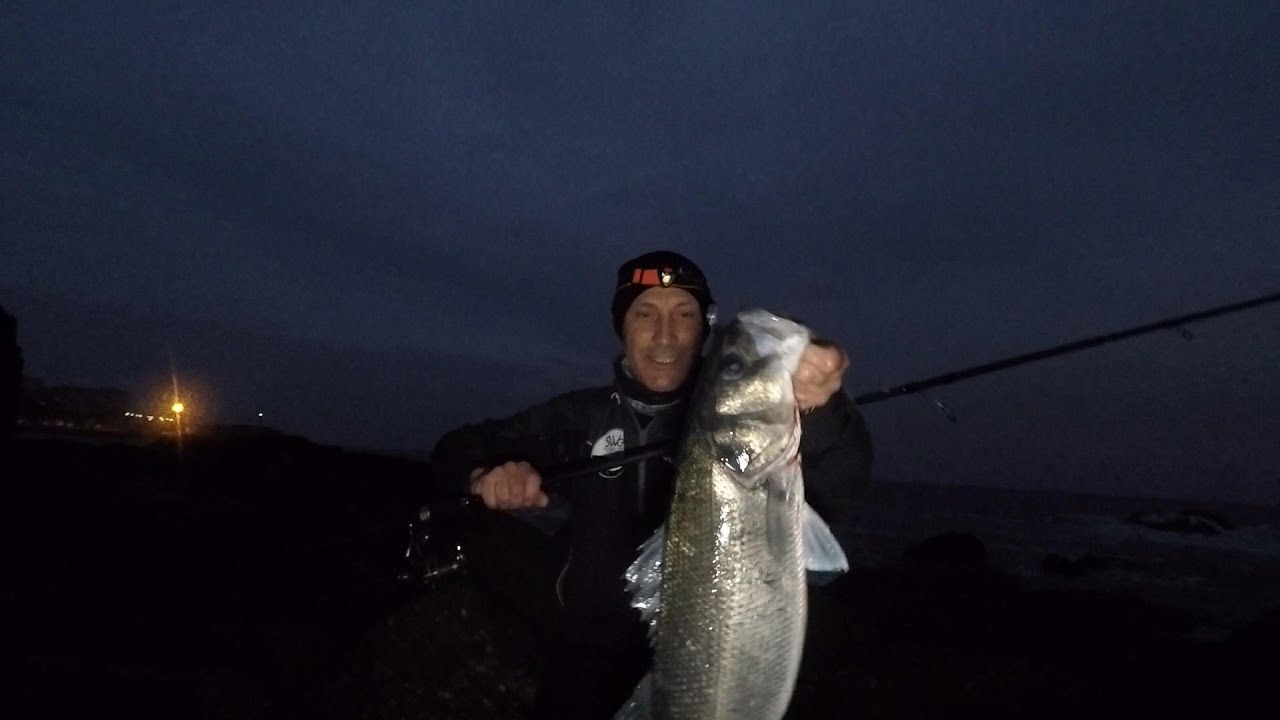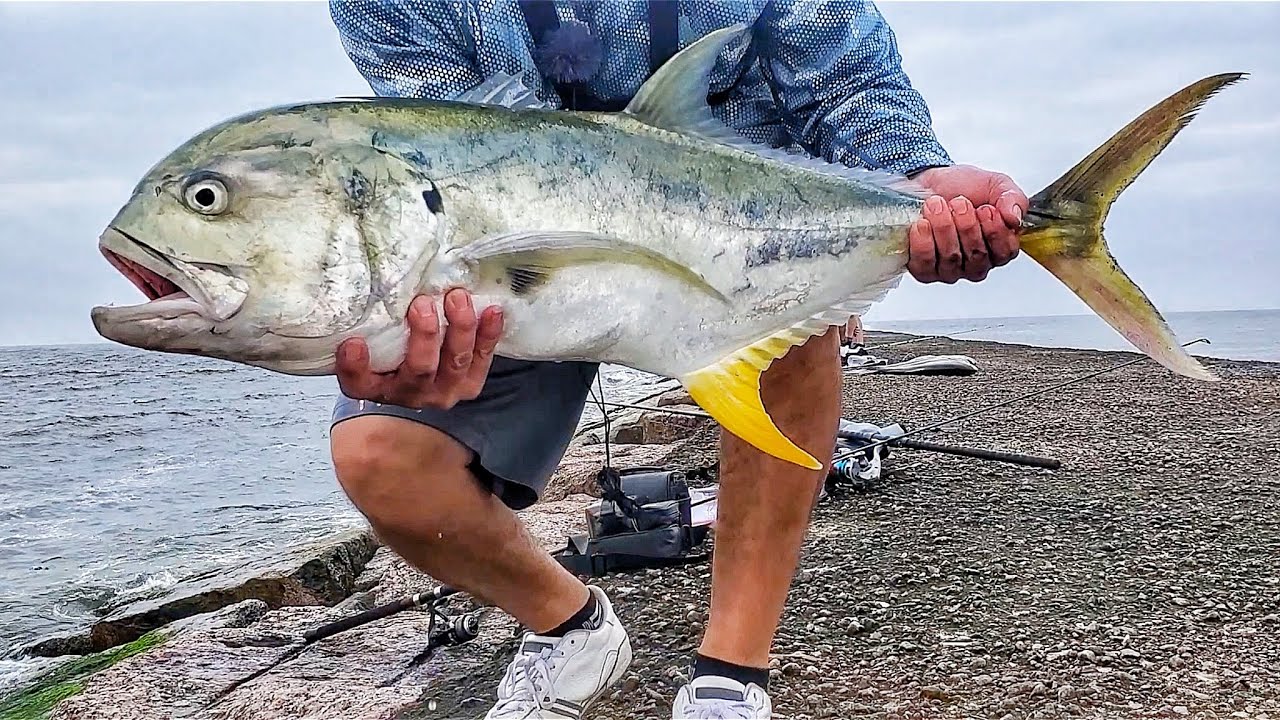We are in the presence of another type of bivalve mollusk, that is to say of two leaflets or plates. This species belongs to the Mollusca that has around 13.000 species. We find the scallops buried in the soft seabed.
However, depending on the species, we may find it in the rockiest parts, penetrating the wood or even being parasitic on other animals. They are usually aquatic marine or freshwater. To find them, you can check from the upper limits of the high tide and even the abyssal.

Variegated scallops where they are fished
have a variety of colors, drawings and shapes that makes them very attractive. They can be found from as low as 2mm up to specimens of 15 centimeters and 250 kg of weight. They are related to species such as razor shells, others, mussels or clams.
Its species can be located along the coastal areas, in great depths that usually reach up to 100 meters. Its main food is plankton, which it filters through its gills when it is suspended in the water.
The search for your catch should be done in sandy or sedimented bottoms along the entire coastline where there is a presence of these. Its area of distribution is between the Mediterranean and the Atlantic.
The best time for your fishing goes from January to May and then september to end of year. The remaining months enter the closed period. Fishing for this is done better from a boat and a scallop rake must be used that allows the capture of these in their natural state. We speak of a natural state because its breeding in rafts is also possible.
When the boat is towed for raking, it is done mechanically. However, it is a practice that deteriorates the environment and their reproduction, being better to cultivate them for commercialization.
Curiosities of the scallops
- Like the scallop, the shells of the scallops can be obtained for the demarcation of the Camino de Santiago. However, despite their similarity, both have very different flavors.
- Before reaching sexual maturity, it usually changes sex several times in its life.
- Precisely because it has a great presence on the Galician coast, it is not only part of the Jacobean representation of the scallop for pilgrims, but also because its meat is edible, it is highly appreciated for various preparations.
- Unlike the scallop, the scallops are about 2 or 3 times smaller.
- However, its flavor is superior and even more delicate than that of the scallop.
- In Galician empanadas, it is easy to get it as one of the main ingredients.
- Served on the grill, it is another unmissable delicacy of the gastronomy of this area.
- Like all specimens of this type, cleaning must be very meticulous.
- The valves must be opened and everything removed except the meat of the scallop and the orange area that is the coral that is also edible.
- If it is going to be served in its shell, it must be washed in plenty of running water and brushed properly to remove all traces of sand and other undesirable elements.







